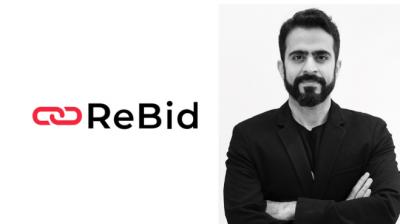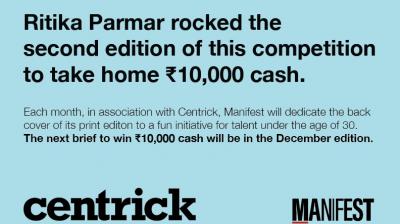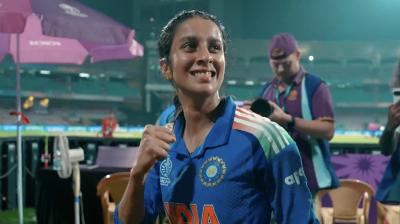Recently, I came across an interview where Piyush Pandey casually said:
“Write for the consumer, not for the client or the product.”
I found the statement profound. I paused the video, rewound, listened again, and reflected on all the ads I reviewed over the years.
There was something about the simplicity of that line that made me think about how advertising impacts us. The ads we remember most are the ones that evoke feelings, emotions that linger long after the ad is off the air.
I am not from advertising. I don’t know the vocabulary of the business - 'positioning strategy', 'purpose narrative', 'brand storytelling' etc. But I do know one thing with absolute clarity: I know exactly how an ad makes me feel. Some ads lift people. Some nudge reflection without forcing it. And some — even with the best intentions — make you feel like you are being corrected, or that an idea is being thrust upon you. That kind of woke advertising leaves you unimpressed and at times irritated.
That subtle difference is what I’ve been thinking about since I heard Piyush Pandey’s interview a few days back.
The first ad that came to my mind was Gillette’s 'The Best Men Can Be'. The first time I watched it, I understood what the brand was trying to say. It was taking a stand. It wanted to push for change. I was impressed, and we awarded it the Laadli Media Award for gender sensitivity. The message was good, but did it reach consumers in a relatable way? When I read its case study, it was an eye-opener for me.
It wasn’t that the issue was unimportant or that the message was wrong. It was that the consumer did not feel included in the conversation.
Men were already edgy and feeling cornered during the #MeToo movement. Many felt they were being accused unfairly, and the last thing they wanted was being told that they should mend their ways. Consumers boycotted the brand, and reports later indicated that P&G faced losses.
A classic case of wokeism backfiring.
The second case is Jaguar — a brand that suddenly sounded unfamiliar. It failed to take along its consumers on its transformative journey and was abandoned i by them
It was a different kind of dissonance. Jaguar, for years, had spoken a certain language — speed, thrill, power. Then suddenly, it wanted to talk about something else entirely. Its audience couldn’t recognise the voice, couldn't relate to it . Nothing was wrong with what they were saying — it just didn’t feel like Jaguar.
One woke ad that is considered a success is Ariel’s 'Share the Load' ad. It never once told the audience what to think. It simply allowed them to witness a moment between a father and daughter.
No raised voice. No clever slogans. Just a quiet question:
“Is laundry only a woman’s job?”
In that pause — something shifted.
Not guilt. Not defensiveness. Just awareness. A moment of truth.
The ad wasn’t pointing fingers.
It was opening space by asking the question, “Is laundry only a woman’s job?”
Another iconic ad etched in public memory is Surf’s Lalitaji.
Surf’s Lalitaji — created by the Lintas team — wasn’t glamorous. She was confident, straightforward, and spoke to us like someone who had nothing to prove: “Bhala isse sasta aur accha kaun sa hai?”
She didn’t ask for our admiration. She simply shared her logic. Lalitaji didn’t make the audience feel instructed. She made them feel validated for their middle-class concerns.
And then, there is a completely different memory — not rooted in logic, but in pure emotion.
When I think of Piyush Pandey’s philosophy — 'write for the consumer' — the Cadbury Dairy Milk cricket ad comes to mind. An ad that showed quiet abandon — a woman breaking barriers to cheer her man uninhibited.
It showed a girl taking a bite of chocolate and running onto the field, dancing in gay abandon. I remember the tagline 'Kuch khaas hai zindagi mein.' AND, I remember the feeling of joy.
That ad never tried to convince me to buy chocolate. It just reminded me how joy feels. And in that moment, the product became part of the emotion.
What I realised while thinking about these ads
Maybe impact has less to do with messaging, and more to do with relationship.
- Gillette told us to reform.
- Jaguar asked us to redefine.
- Ariel forced us to reflect.
- Lalitaji urged us to stand for ourselves
- Cadbury showed us what joy looks like
Each spoke to a different part of us.
The fact is the audience doesn't resist social messages. They welcome them because they resonate with them at some level. A better, equal and fair world is everyone's dream.What they don’t enjoy is being talked down to.
Advertising is, after all, just storytelling. Stories work when the listener feels respected and validated — not manipulated or managed.
I keep returning to Pandey’s sentence: “Write for the consumer.”
Maybe that’s another way of saying: Write for the person. Write for the moment. Write for the heart. The rest — the strategy, the metrics, the 'purpose' — will find their place. Because long after the brand is forgotten, we remember how it made us feel.
The author is a trustee at Population First.












